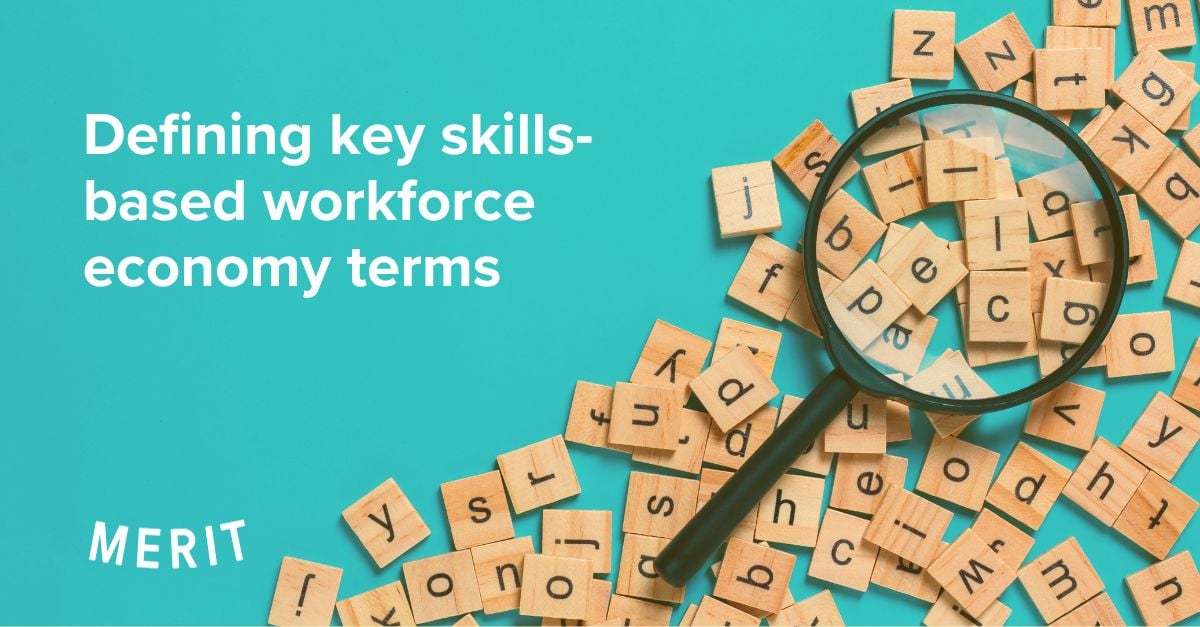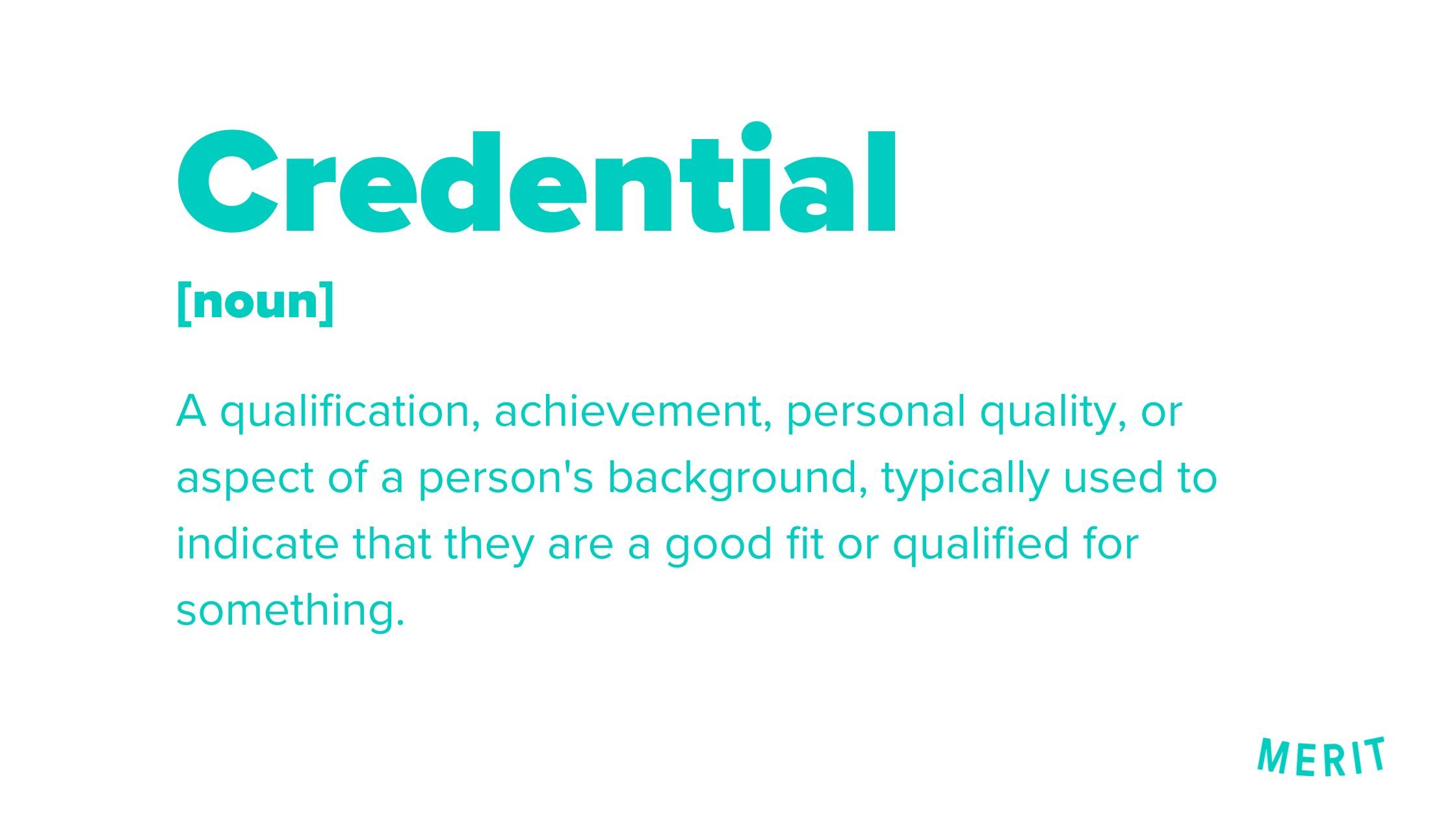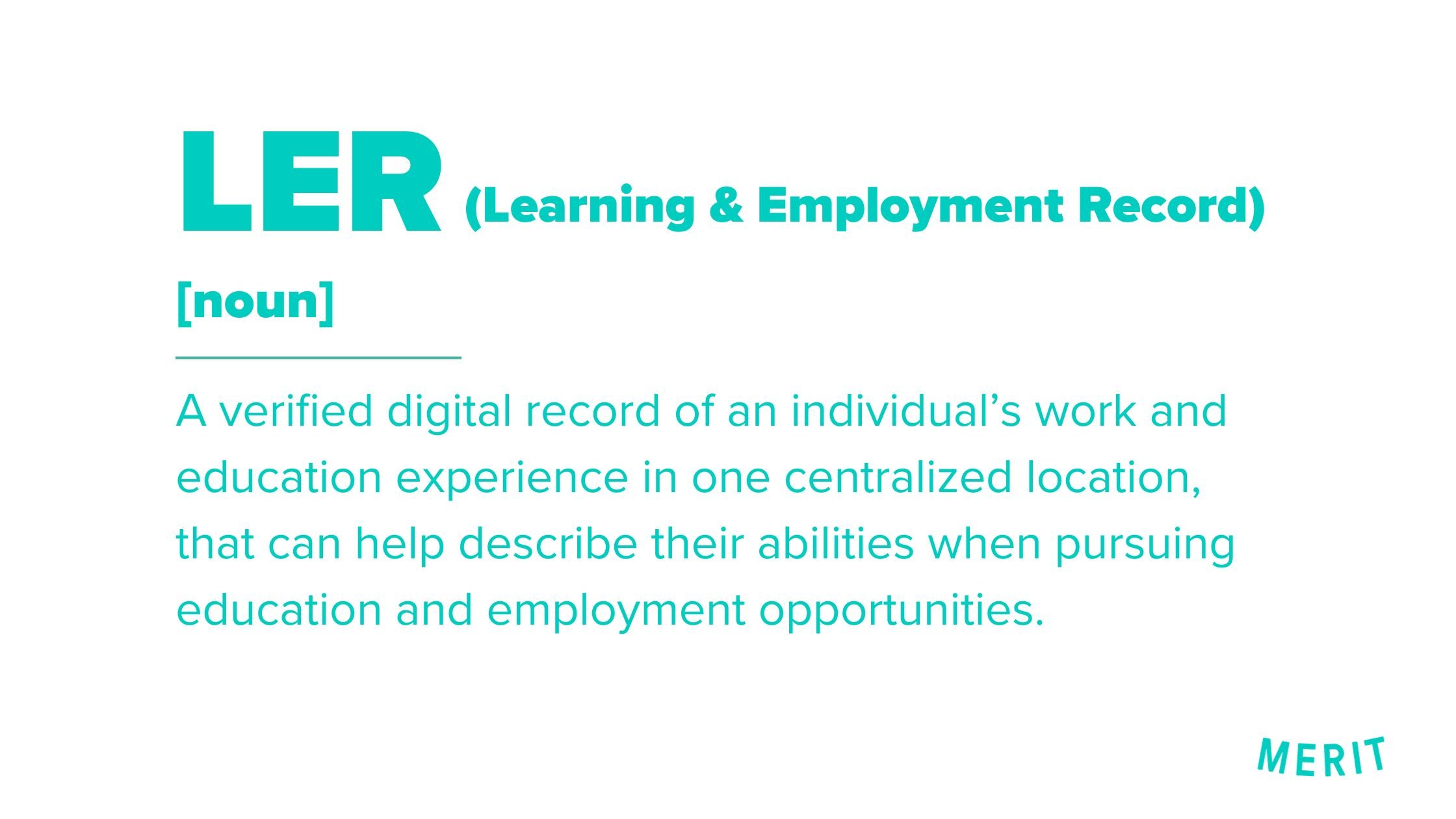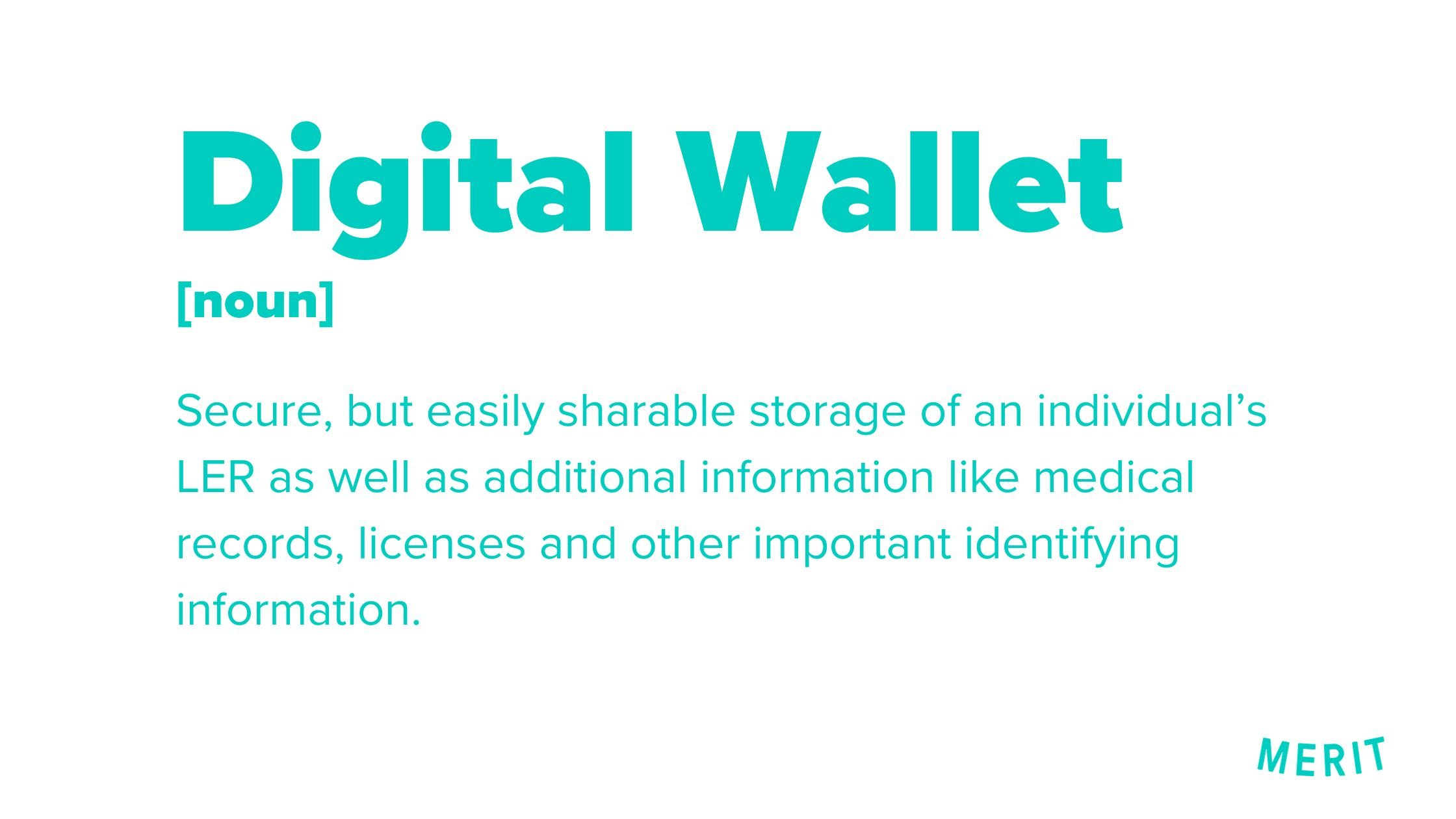Twelve Golden Rules From The Kitchen For Effective Leadership: ‘Mise En Place’
We’ve often been taught that “faster is better” when hustling to get a job done, but during my time working in the catering business, I learned...
2 min read
Laura Ward Oct 20, 2023

There’s been a recent shift to a new skills-based workforce economy and with it comes new terminology. While it can feel a bit overwhelming to keep up with the latest terms, we’ve consolidated some key phrases into a glossary of sorts to help build our collective understanding. Afterall, we are in this together and partnership will be the key to being successful as we navigate this new landscape.
Let’s start with a familiar term: Credential. A credential is a qualification, achievement, personal quality, or aspect of a person's background, typically used to indicate that they are a good fit or qualified for something.

In the past, credentials were managed piecemeal - an important piece of paper here, a transcript there - but new technology has allowed for credentials to be digitized, simplifying credential management.
In fact, digital credentials can now be gathered and even combined with other expertise and experience documentation to create an individual’s LER, or Learning and Employment Record. An LER is a verified digital record of an individual’s work and education experience that can help describe their abilities in one centralized location. Where resumes and education transcripts can be difficult to keep up to date and even ensure that they are truthful, an LER easily collects an individual’s verified digital credentials, making it easy to share when pursuing education and employment opportunities.

Once a job offer has been made, LERs can even dramatically shorten the time it takes to get someone on the job by having credentials in one place, making an otherwise cumbersome process easier for both job seekers and employers.
In addition to having all learning and work related experience in one location, an LER, a digital wallet can contain this AND pair it with additional information like medical records, licenses and other important identifying information. Digital Wallets securely store an individual’s information, while also making it easy to connect with key partners such as employers, schools, and training providers in order to find and engage with learning opportunities and wrap around services, and explore career paths.

Digitizing credentials, consolidating work and education experience and making the information easily shareable, opens the door for improved interoperability across the entire workforce development ecosystem. Individuals, communities, cities and states can easily share, view, and track important information to create visibility into existing talent pools and offer insights into needs to ensure a thriving community. With a full picture, they can see the forest for the trees and build viable training and learning to translate into employment and economic success.
These are exciting new changes to truly help improve processes across the board and we hope this short list has helped you update your vocabulary so that you understand not only what they mean, but how they impact the industry as whole.
We’ve often been taught that “faster is better” when hustling to get a job done, but during my time working in the catering business, I learned...
Your people are your most valuable asset and your biggest competitive advantage. Invest in them wisely, and they’ll take your company places you...
Big workforce initiatives thrive on strong collaboration between ecosystem partners; however, navigating those projects may sometimes be challenging....